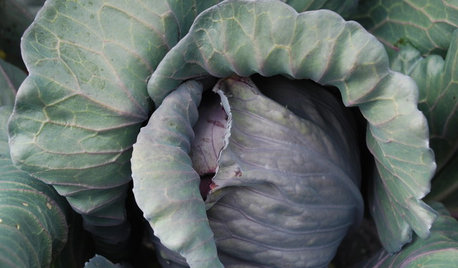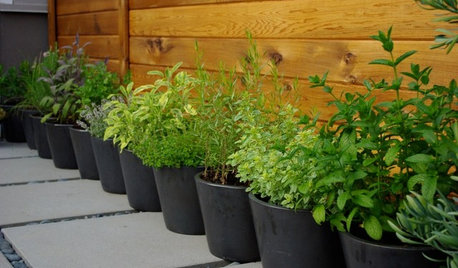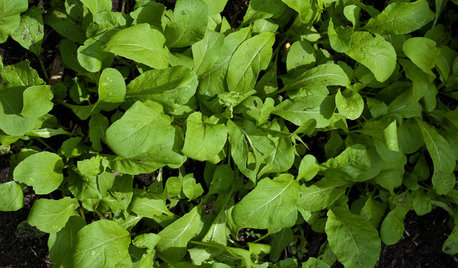NFT Lettuce Not Looking Healthy
Ömer Kınalı
13 years ago
Related Stories

HEALTHY HOME16 Ideas for a Healthy, Feel-Good Home
Making these small tweaks and bigger shifts at home can help you thrive everywhere you go
Full Story
LANDSCAPE DESIGNNatural Swimming Pools: More Beauty, No Chemicals
Keep your skin and the environment healthy with a pool that cleans itself, naturally
Full Story
GARDENING GUIDES7 Ecofriendly Gardening Ideas That Also Cut Chore Time
Spend less time weeding, less money watering and more moments just sitting back and enjoying your healthy garden
Full Story
LIFE10 Beautifully Simple Ways to Go Greener in the New Year
You may just find more green in your wallet along the way
Full Story
FARM YOUR YARDHow to Farm Your Parking Strip
Get an up-close look at a thriving street-side edible garden, one of many sprouting up in Seattle
Full Story
GARDENING GUIDES6 Wonderfully Easy Roses for Any Gardener
Look like an expert even if you're just starting out, with these low-maintenance gems of the rose world
Full Story
DECORATING GUIDESNature’s Color Wisdom: Lessons on Green From the Great Outdoors
Green will grow on you for interiors when you look outside for ideas on how to use it
Full Story
FARM YOUR YARD6 Things to Know Before You Start Growing Your Own Food
It takes time and practice, but growing edibles in the suburbs or city is possible with smart prep and patience
Full Story
GARDENING GUIDES6 Ways to Grow Edibles in Small Places
No big backyard? Join in the grow-your-own fun with these small-space ideas for planting vegetables, fruits and herbs
Full Story
COOL-SEASON CROPSCool-Season Vegetables: How to Grow Salad Greens
From arugula to radicchio, greens have taken a top spot on the table and in fall and winter gardens. See how to start growing them now
Full StoryMore Discussions






joe.jr317
Ömer KınalıOriginal Author
Related Professionals
Harrison Landscape Architects & Landscape Designers · Williamsburg Landscape Contractors · Allentown Landscape Contractors · Beverly Hills Landscape Contractors · Brunswick Landscape Contractors · Deerfield Beach Landscape Contractors · Emmaus Landscape Contractors · Hilton Head Island Landscape Contractors · Lehigh Acres Landscape Contractors · North Chicago Landscape Contractors · North Haven Landscape Contractors · Oviedo Landscape Contractors · Soddy Daisy Landscape Contractors · Yukon Landscape Contractors · Raytown Landscape Contractorslucas_formulas
Ömer KınalıOriginal Author
lucas_formulas
Ömer KınalıOriginal Author